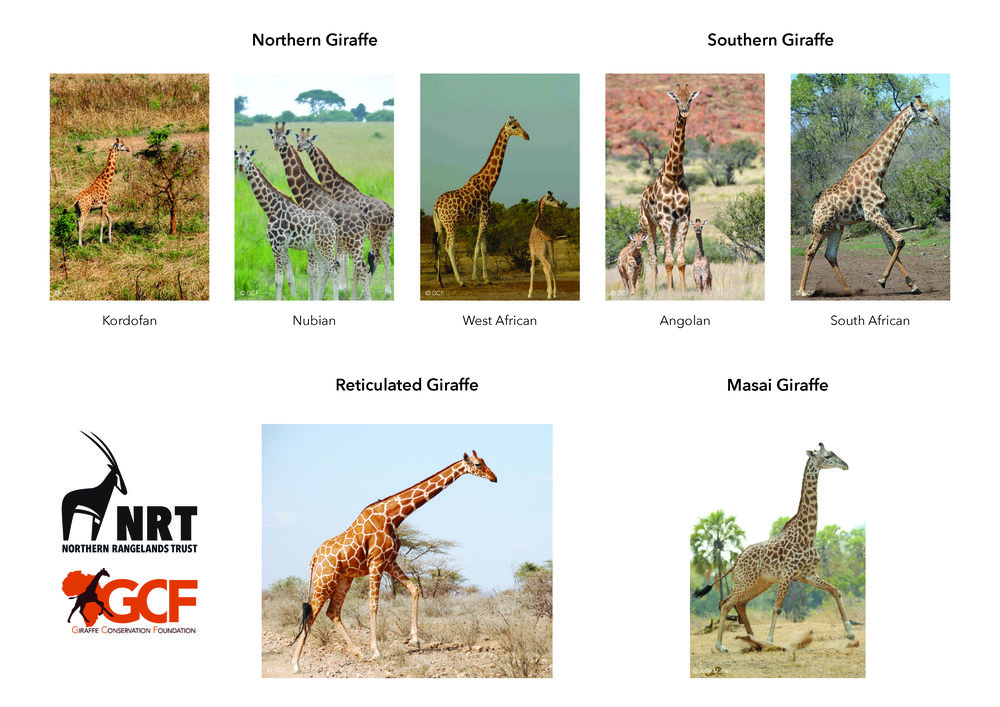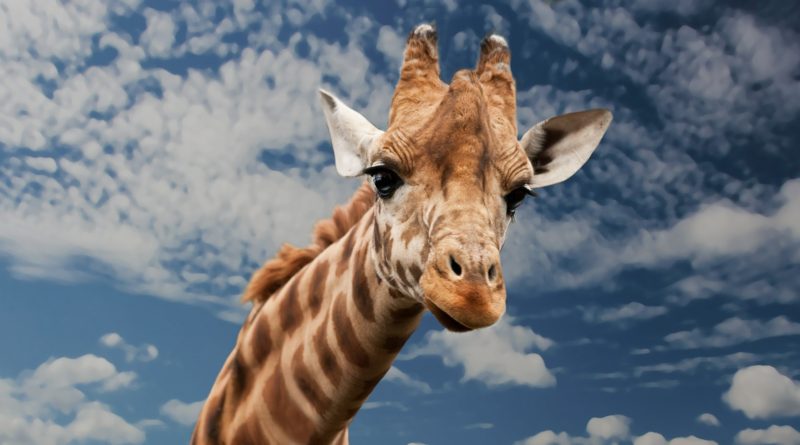Are Giraffes a Lot More Endangered Than You Think?
If you’re like me you probably often wonder things like: Are giraffes endangered? And just how many species of giraffes are there? You would think these questions would have simple, straightforward, uncontroversial answers. Unfortunately, you would be wrong.
Currently all of the different types of giraffes are considered a single species. As such, even though their numbers have dwindled in the past few decades to only a fraction, leaving some types of giraffes only numbering in the hundreds of animal individuals, giraffes are not considered critically endangered, or even endangered at all.
Their current official status is “threatened.” The difference is that an endangered animal is at risk of becoming extinct throughout all or any portion of its land, while a threatened animal is at risk of becoming endangered. Think of it as numbers on a clock — the closer to midnight the closer to extinction. Threatened animals have more time on their clocks than endangered animals, and the debate over how many species of giraffes there are might be presenting some types of giraffes as having much more time on that extinction clock than they actually do.
Perhaps it’s no surprise that the suggestion that what we thought was a single species might actually be several is stirring up some controversy, but when you consider that the original assumption of a single species is mostly based on a two-century old consensus, and that new genetic evidence and scientific studies are only recently shedding some much needed light on the issue, it’s easy to see why this idea, although bold and relatively new, is quickly garnering mounting support.
So what exactly is the evidence? To understand this we first have to understand what makes a species a species. Generally speaking it has a lot to do with gene flow. If one group of animals isn’t going to impact the gene pool of another group of animals they’re probably different species. So if two groups of animals can’t reproduce, or are separated by natural barriers and so won’t reproduce, there’s a good chance they’re different species. But what about giraffes? Often territories of different groups of giraffes do indeed overlap, and the potential for breeding is present, but new genetic evidence has proven that many groups of giraffes haven’t interbred for millions of years.
This could be due to many factors, differences in animal culture, breeding patterns, seasonal weather, etc. And because of this well defined gene pool distinction you can see various distinct physical difference between the groups of giraffes in their shape, size, and most apparently in the patterning of their fur. But the distinctions run far deeper than what is visibly apparent. The absence of genetic exchange can actually be monitored and measured at the genetic level. There is mounting scientific consensus about the reproductive isolation of these groups of giraffes even among those sharing a common geographic territory, and it can be seen in the genes.

So then why the opposition? Well it’s actually a good thing that there are regulations regarding the description of a new species, as well as the distinction of one species into many. It helps keep everything organized, for one, including the allocation of animal protection. However when the labels do not reflect the reality it can have dire consequences for some animals. If the individual groups of giraffes were considered to be different species, then many would be considered critically endangered and steps could be taken to help these populations return to healthy numbers. However, without the “endangered” label, the argument for resource allocation becomes a lot more difficult.
Perhaps the debate about giraffe speciation will serve as a case study for animal taxonomy for years to come. But as for today, the fact that the current labeling doesn’t reflect the current understanding might have dire consequences for many groups of giraffes and for the future all of the groups.
